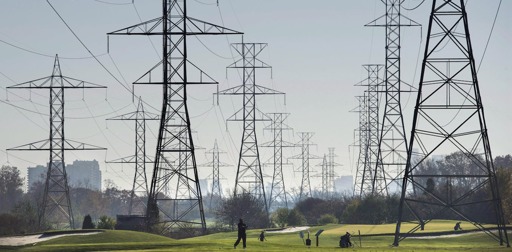Nuclear is literally one of the most reliable sources of power there is. And, burning coal for power puts more radiation into the surrounding environment than nuclear power does. The problem with nuclear is the high buy-in cost. Aka, the best time to start building nuclear plants was 10 years ago, second best time is now.
We haven’t burned coal in well over a decade.
Prioritizing natural gas is risky. Prioritizing nuclear power, not so much.
Even hydroelectric is more risky than nuclear. And in an era of climate change, inconsistent weather can bring inconsistent rainfall. There might come a time when reservoirs simply don’t stay full enough to generate electricity. And yes, while Nuclear power requires water to cool, this water can also be recycled through cooling towers. You don’t need massive bodies of water for nuclear power.
And what hydroelectric, solar, and wind power do, is make electrical systems resilient. Solar power in particular, tends to peak at about the same time that maximum power is needed for air conditioning during the summertime. And the right kind of nuclear reactor can be throttled up and down quite quickly in response to varying demands on the electrical system. If everyone pumping solar power back onto the grid, nuclear power can come to an almost complete standstill in only a matter of minutes. You can’t do that with traditional fossil fuel power plants.
I totally agree with this comment, a mixture of different energy generation is the most resilient way to future proof a grid. There is no one way that is better than all the rest, adding nuclear and hydro to solar and wind will basically compliment each other extremely well, leading to clean reliable energy


